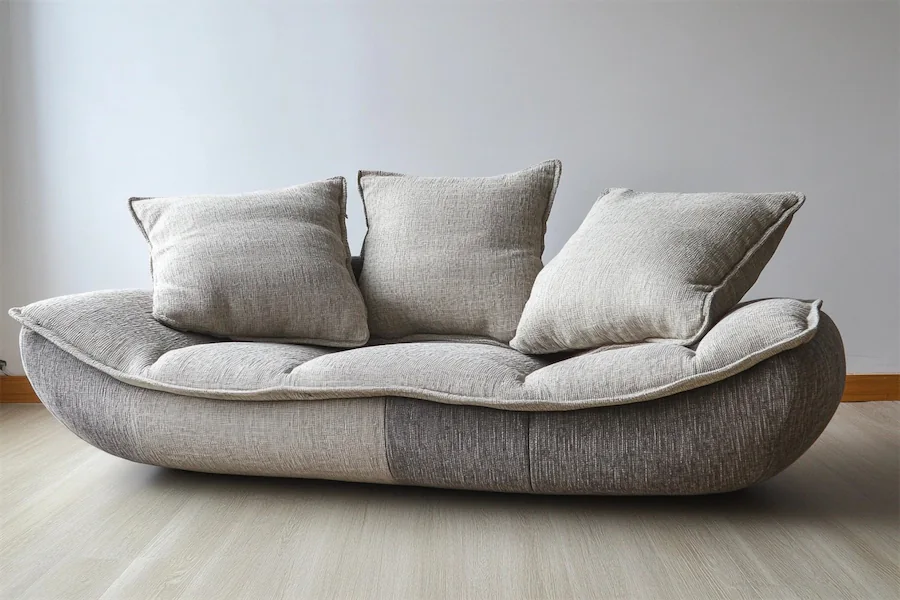An adjustable sofa is a versatile piece of furniture designed to enhance comfort and functionality by allowing users to modify various components such as the backrest, headrest, armrests, and footrest. These sofas cater to individual preferences and needs, making them a popular choice in modern living spaces.
History and Origins of Adjustable Sofas
The evolution of adjustable sofas can be traced back to the early 17th century with the creation of the Knole Sofa. This design featured adjustable arms and a deep seating area, allowing for a customizable seating experience. Originally crafted for Knole House in Kent, England, the Knole Sofa is considered one of the earliest examples of convertible furniture.
In the 19th century, the development of reclining mechanisms further advanced the concept of adjustable seating. The French introduced a reclining camp bed around 1850, which could serve as a chair, bed, and chaise longue. This multifunctional approach laid the groundwork for modern adjustable sofas.
Key Features of Adjustable Sofas
- Reclining Mechanisms: Allow users to adjust the backrest and footrest to achieve optimal comfort. Modern recliners often feature adjustable headrests and lumbar support, with some models offering heat, massage, and vibration functions.
- Modular Designs: Enable customization of the sofa’s configuration to suit different room layouts and personal preferences. Components can be rearranged or expanded as needed.
- Integrated Technology: Some adjustable sofas come equipped with built-in USB ports, cup holders, and even massage functions, enhancing convenience and entertainment experiences.
Applications of Adjustable Sofas
- Health and Comfort: Adjustable sofas promote proper posture and can alleviate discomfort by allowing users to modify seating positions. Features like reclining backrests and footrests help reduce pressure on the spine and improve circulation.
- Space Optimization: Ideal for small apartments or multifunctional rooms, adjustable sofas can transform into beds or chaise longues, maximizing the utility of limited space.
- Aesthetic Versatility: With a range of designs and materials, adjustable sofas can complement various interior styles, from traditional to contemporary settings.
Considerations When Choosing an Adjustable Sofa
- Mechanism Quality: Ensure that the reclining or adjustable mechanisms are durable and operate smoothly to withstand regular use.
- Material and Upholstery: Select high-quality fabrics or leathers that offer comfort and longevity, and consider ease of maintenance.
- Size and Fit: Measure your space to ensure the sofa’s dimensions are appropriate, especially when fully extended or reclined.
- Additional Features: Consider any extra functionalities, such as built-in USB ports or massage options, that may enhance your experience.
Conclusion
Adjustable sofas represent a fusion of comfort, functionality, and style. From their historical origins with the Knole Sofa to the technologically advanced designs of today, they continue to adapt to the evolving needs of users. When selecting an adjustable sofa, consider factors such as mechanism quality, materials, size, and additional features to ensure it aligns with your lifestyle and enhances your living space.
